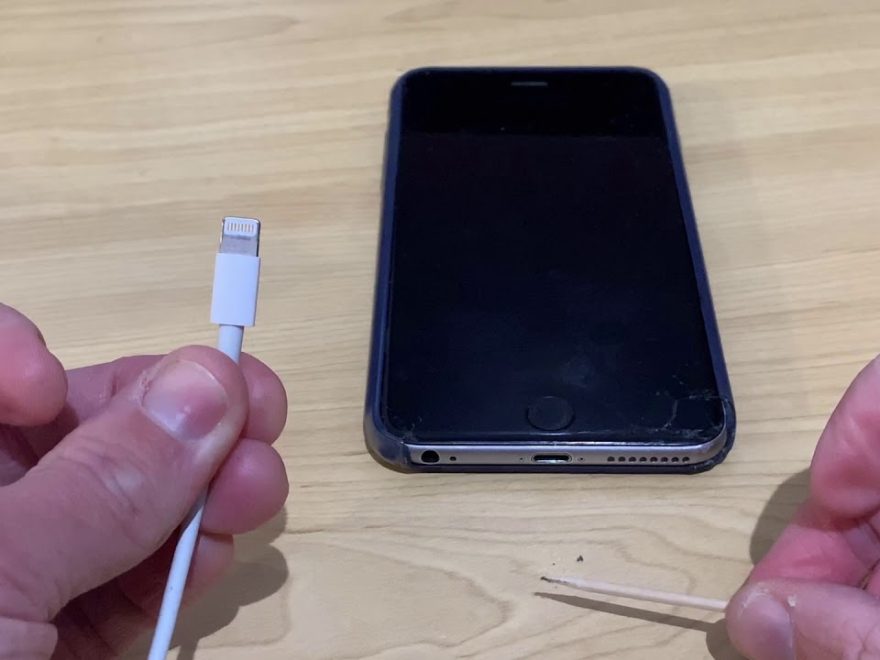One of the worst things you can notice is a low battery during the afternoon, despite charging your phone in the morning. Having to constantly worry about battery power is tiresome, and can even land you in some hot water if your iPhone discharges at the wrong moment!
Is your iPhone charging slowly, or maybe even not at all? We’ve got a likely suspect in mind. This short guide will help you find the problem and offer potential solutions. Figure out what’s wrong with your iPhone’s charging speed, and whether your charging port could have something to do with it.
1. Low amperage source
Before worrying about the Iphone charging port, your charger should be inspected primarily.
Even though iPhones can only charge at 5 Volts, having a charger that has 500 mA and one that’s got 2.100 mA will make a world of difference. As you can see, the four times amperage difference will create drastically different charging speeds.
One thing to keep in mind though is that only amperages going up to 2.100 mA are good for an iPhone. Other phones may be able to support higher amperes still, which is why some “ultra-fast” chargers could potentially be bad for your phone. Inspect the charger you want very carefully, to make sure it doesn’t accidentally fry your iPhone!
2. Your lightning port
If your charging port, also known as the lightning port for Apple products, is ever filled with debris, you will notice it based on the charging speed. Especially, if there’s anything visible to your eye inside, it’s time to give it a thorough clean-up.
Grab an anti-static brush and brush up your iPhone’s 7 charging port. Most people underestimate how much debris can really build up, in crevices of this type – so be sure to give it a good, soft scrubbing.
This is one of the most common and overlooked maintenance-related problems people have. If you’ve tried different chargers, and your phone still charges slowly – this is the approach for you.
In the case that after cleaning, your phone still won’t charge faster, it could be because the debris is particularly deep-set. That might mean you need to scrub even deeper if possible, to try and remove all of it.
Note: never use compressed air to clean an iPhone’s ports, as it has been known to present a risk of damaging the fragile internal workings.
3. Try different options
Firstly, make sure the problem isn’t in the electrical opening you typically plug your charger into. Simply find a different socket in your house, test to make sure it works and leave your phone to charge there for some time. It’s simple and could save you a lot of trouble.
These days, you can likely find a friend, family member or acquaintance who will have an iPhone cable by them. Ask to try theirs out and measure the difference in speed.
If it’s significant, you may want to think about your phone’s cable being damaged. At the end of the cable, where the charging happens, there are pins which send the electricity. They’re fragile little pieces of metal, which can, through time, get worn, broken or frayed at the edges – lowering the overall electrical input of your phone.
A visual inspection could be enough to figure out if that’s the case. If it is, the most reasonable solution is just to get a new charging cable.
4. Software issues
Sometimes, your battery might simply be overly drained by old applications and phone-junk. A phone reset, coupled with updating all the apps and Operating System could do wonders for your phone’s charging speed.
Failing that, a full factory reset might be the way to solve this problem, but make sure to back-up your data beforehand!
We hope these tips helped you solve your iPhone charging issue!

